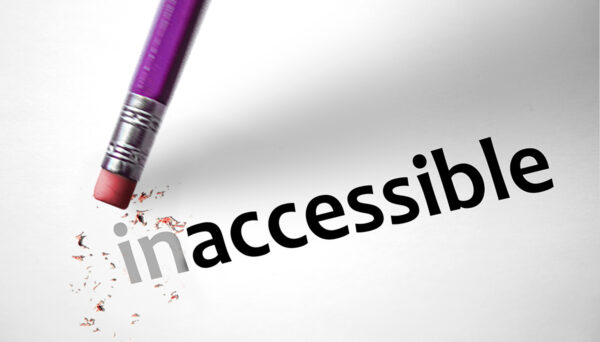We’ve talked about what to do The Noisy Spring, The Summer Slump, and The Election Storm.
Today we’ll show you how to have a strong year-end AFTER the election dust settles (mid-November – December).
The Year-End Rally
A few days after the election, donors will be ready to refocus their attention and their philanthropic priorities.
There will be a rally.
But you need to be ready to hit the ground running. The election will have taken almost the entire fall. And Thanksgiving is late this year, which means there’s a week less of the prime giving season between Thanksgiving and New Year’s. So the Saturday or Sunday after Election Day is GO TIME.
Here’s your “after election” game plan to have a successful year-end campaign:
- Launch targeted year-end campaigns that tap into your donors’ desire to make the world a better place with their year-end giving.
- Your campaign will work best if you use themes and emotions that are likely to resonate with donors post-election (unity, hope, the importance of your mission) AND make it clear that there’s work to be done and the donor’s help is needed.
- For major donors, talk about the transformational impact of their gift. They’ve spent the last few months hearing a lot of negative political discourse – counter that by asking them to make big, positive change in the lives of your beneficiaries or in the communities you work with.
- Consider adding a gift catalog to your year-end fundraising campaign. Donors love gift catalogs because they don’t feel like fundraising. If you do international or mission work, a gift catalog is as close to a slam dunk as there is in fundraising. Because they’re somewhat time-intensive to create, use the quieter summer months to create one.
The 2024 election year poses real challenges for nonprofit fundraising.
But with every challenge comes an opportunity. And the nonprofits that have a strong fundraising year will be the ones that are nimble, who adapt their plans to the four phases of the election cycle.
Resist the urge to communicate less with your donors this year. In a year of increased competition for your donors’ attention, you need to keep communicating, keep telling great stories, and keep focusing on the change your donor’s generosity will make.
The fundraisers and organizations that get creative, adapt, and stay committed to their donors (and the cause) during the election year will be in a great spot. Be one of those fundraisers — and you’ll be able to reach your fundraising goals and keep making a real difference in your community.
Read this series of blog posts:
- The Noisy Spring
- The Summer Slump
- The Election Storm
- The Year-End Rally (this post)
- …and view our video with related white paper download!









